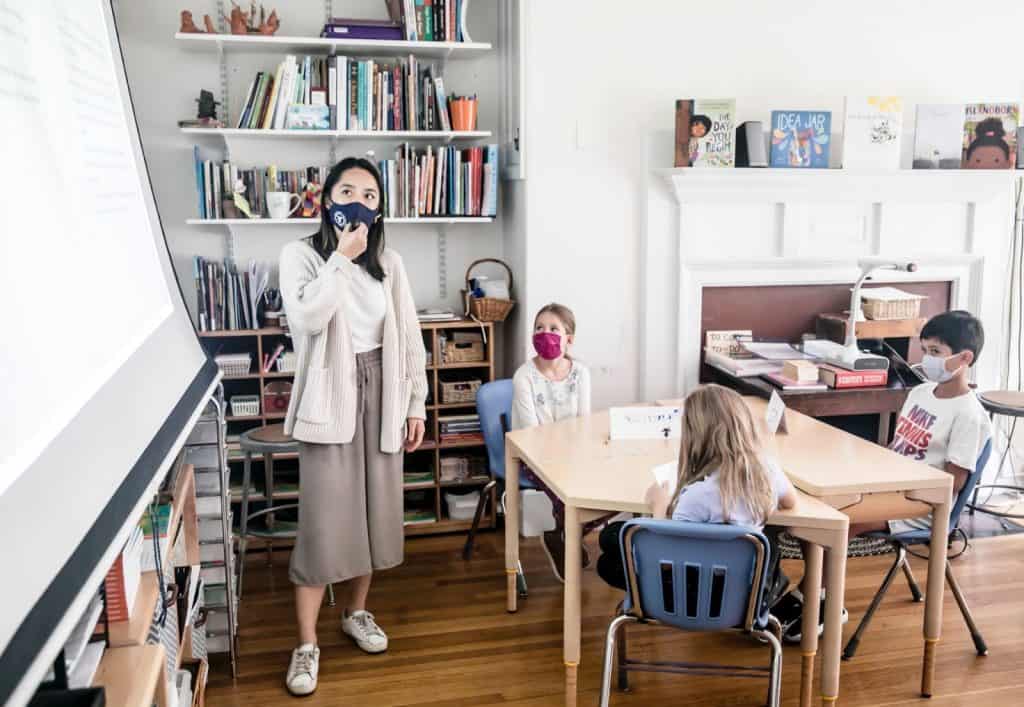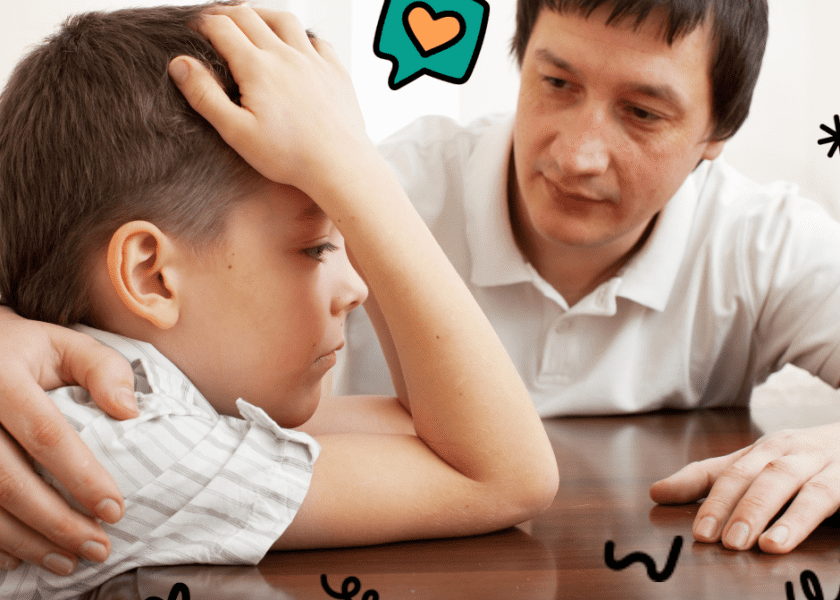How Journaling Can Foster Community During Times of Stress and Uncertainty

As a third grade teacher at an independent school in Boston, I knew that my school was doing all it could to prepare teachers for the 2020-21 school year. But in the summer of 2020, I was constantly feeling stress, anxiety, and frustration. After being remote for several months, I wondered: Will I feel safe going back into our school building? Is it possible to build a community over Zoom? How will we make sure everyone will follow the health and safety guidelines? What about all the kids in schools that won’t be able to reopen?
The beginning of the school year always marks an exciting new journey for students, and I wanted to create the same enthusiasm for the new school year that I always had. I didn’t want to bring my negative emotions into my time with the children. I needed to be there for them so that they could feel a sense of normalcy. Now, I laugh that I thought hiding my emotions would help create normalcy.
There was nothing normal about this year.
In the same way that vulnerability in a time of unpredictability is scary and uncomfortable for adults, I quickly learned that the children in my classroom were experiencing those same feelings of worry, fear, and concern.
What makes children and adults different is that children don’t have the same tools as adults do to process emotions.
The physical distance we had to keep, not being able to see each other’s faces through masks, and the rigidity and time-consuming nature of the health and safety rules while instituting an important level of safety were obstacles for community building.


Journaling together was one way that my students and I combatted the stress of the year and built community in our third grade classroom, against the odds.
Every day, my co-teacher and I set aside 15-20 minutes to play calming music, sit with our journals, and write with the kids.
The purpose of this time was empowering students with strategies for calming their bodies and minds, and showing them how a journal can be used as a mode for expression and reflection. As I wrote, I used a document camera to project my own journal. One day I created a comic strip about what I did over the weekend and the next I wrote a poem about how I miss seeing my grandparents. There were no rules. Want to write a poem? Awesome. Want to draw a picture? Amazing. Need to take the day to just think? Great choice.


How we set up this space for children has been an important element of its success. The factors that have made this time engaging and meaningful are that the children are encouraged to use real life and prompts to inspire their authoring; they are free to create with or without a set structure; the time is passion-oriented and student-directed with teacher support (Bruyère & Pendergrass, 2020).
We closed out our journaling time with a share-circle. Sharing was always optional. Some kids chose to share every day. It took other kids time, watching their peers share for weeks before wanting to share. Share-circles offer children an opportunity to build confidence in their writing, reading and even speaking abilities when sharing orally. They help to establish a sense of community and offer the chance to share important home-school connections as well as learn new things about their peers, developing deeper, more authentic relationships with classmates (Routman 2004; Hall 2014).

This year, the transformation and healing that journaling and share-circles brought to each of us as individuals and to all of us as a community, was empowering. In a time and space that can feel so isolating and uncertain, this became a daily moment of community and unity.
Here are a few steps that you can try to encourage journaling in your classroom or home:
- Find two journals or make your own (fold and staple several pieces of paper together). If you’d like, spend a day decorating and designing your journal with your child(ren) with whatever materials you have available.
- Find a calm space you can write (or draw) together with your child(ren).
- Consistency is important. Set up a consistent time to sit down for 15 minutes and write together. It can be daily, weekly, before bed, at breakfast — whatever works for you.
- Offer a few minutes at the end to share with each other. Keep it optional and communicate expectations for feedback. It can be helpful at the beginning to model what it looks and sounds like to share something personal.
- Keep it open and have fun!




